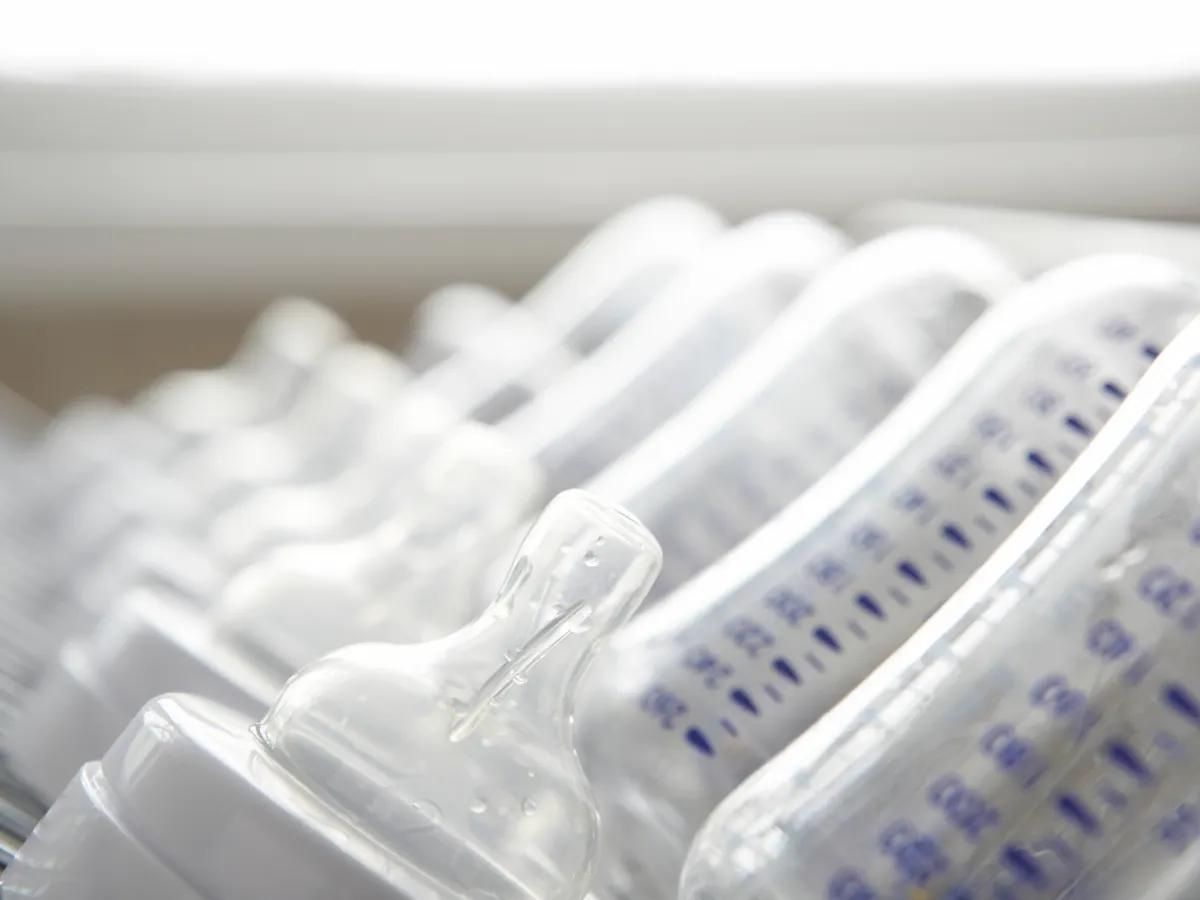

Articles
How To Store Sterilized Baby Bottles
Modified: January 18, 2024
Discover the best techniques for storing sterilized baby bottles in this informative articles. Keep your baby's bottles clean and organized for ultimate convenience.
(Many of the links in this article redirect to a specific reviewed product. Your purchase of these products through affiliate links helps to generate commission for Storables.com, at no extra cost. Learn more)
Introduction
Welcome to the world of parenthood! As a new parent, you want to ensure that your little one stays healthy and safe. One important aspect of caring for your baby is properly sterilizing and storing their feeding bottles. Sterilization is crucial for preventing the growth of harmful bacteria and keeping your baby’s bottles clean and hygienic. In this article, we will guide you through the process of storing sterilized baby bottles to maintain their cleanliness and keep your baby healthy.
Before we dive into the specifics of proper bottle storage, it’s essential to understand why sterilization is necessary. Babies have delicate immune systems, and their bodies are more susceptible to infections and illnesses caused by bacterial contamination. Sterilizing their bottles helps eliminate any potential bacteria or germs that may be present, reducing the risk of your baby falling ill and ensuring their well-being.
It’s important to note that sterilization should be done regularly, especially for bottles that are used for formula feeding. Breast milk has natural antibodies that protect against bacteria, but formula milk doesn’t have the same protection. By following the correct sterilization and storage process, you can provide a safe feeding environment for your baby.
Key Takeaways:
- Properly sterilizing and storing baby bottles is crucial for maintaining a safe and hygienic feeding environment, protecting your baby from harmful bacteria and ensuring their well-being.
- Thorough cleaning, effective sterilization, proper drying, and careful storage are essential steps to keep baby bottles clean, safe, and ready for use, providing peace of mind for parents.
Read more: How To Store Baby Bottles After Sterilizing
Step 1: Cleaning the Bottles
Before sterilizing and storing your baby bottles, it’s crucial to ensure they are thoroughly cleaned. Cleaning the bottles removes any leftover milk residue or residue from previous feedings, preventing the growth of bacteria and ensuring a safe feeding experience for your baby.
Here’s a step-by-step guide to properly clean your baby bottles:
- Start by disassembling all the components of the bottle, including the bottle, nipple, collar, and cap. Rinse them with hot water to remove any visible debris.
- Use a bottle brush with soft bristles to clean the inside and outside of the bottles thoroughly. Make sure to reach all the nooks and crannies to remove any trapped milk residue.
- For the nipples and other small parts, use a smaller brush specifically designed for cleaning them. Gently scrub the inside and outside surfaces to remove any milk residue or buildup.
- Rinse all the components with hot water to remove any soap residue.
- Once you have cleaned all the parts, sanitize them by boiling them in water for 5-10 minutes or following the manufacturer’s instructions. This step helps kill any remaining bacteria that may have survived the cleaning process.
- After boiling, remove the components from the water using sanitized tongs or utensils and let them air dry on a clean, dry surface.
By following these steps, you can ensure that your baby bottles are thoroughly cleaned and ready for the sterilization process.
Step 2: Sterilizing the Bottles
Once you have cleaned your baby bottles, the next step is to sterilize them. Sterilization is the process of eliminating all harmful bacteria and germs, ensuring that the bottles are safe for your baby to use. There are various methods you can use to sterilize the bottles, depending on your preference and convenience.
Here are some common methods for sterilizing baby bottles:
- Boiling Method: This is one of the most traditional and effective methods of sterilizing baby bottles. In a large pot, boil water and submerge the cleaned bottles, nipples, and other components. Let them boil for at least 5 minutes, ensuring that all the parts are fully covered. Remove the bottles from the water using sanitized tongs or utensils and let them air dry on a clean, dry surface.
- Steam Sterilizers: Electric steam sterilizers are a popular choice among parents as they provide a quick and hassle-free way to sterilize baby bottles. These devices use hot steam to kill germs and bacteria. Follow the manufacturer’s instructions to load the bottles and run the sterilization cycle. Once completed, ensure that the bottles remain covered to maintain their sterility until they are ready to be used.
- Microwave Sterilization: Microwave sterilizers offer a convenient and speedy way to sterilize baby bottles. Place the cleaned bottles, along with a small amount of water, in the sterilizer and follow the manufacturer’s instructions for the appropriate microwave time. Be cautious when removing the bottles, as they will be hot. Let them cool down and air dry on a clean surface.
- Chemical Sterilizing Solution: Chemical sterilizing solutions, such as sterilizing tablets or liquid, can also be used to sterilize baby bottles. Follow the instructions provided by the manufacturer for the proper dilution ratio and duration. After sterilizing, rinse the bottles thoroughly with boiled water to remove any residue from the solution.
Choose the sterilization method that works best for you and your baby’s needs. Remember to handle the sterilized bottles with clean hands or sanitized utensils to maintain their sterility until they are ready to be used.
After sterilizing baby bottles, store them in a clean, covered container to keep them free from dust and germs. Make sure the container is kept in a dry, cool place to maintain the sterilization.
Step 3: Drying the Bottles
Once the baby bottles have been properly sterilized, it’s important to ensure that they are completely dry before storing them. Proper drying helps prevent the growth of bacteria or mold and maintains the bottles’ cleanliness.
Here are some tips for effectively drying your baby bottles:
- Shake off any excess water from the bottles, nipples, and other components immediately after sterilization. Be gentle to avoid damaging the sterilized parts.
- Place the bottles and parts on a clean and dry dish rack or a drying mat. Make sure they are arranged in a way that allows air circulation and prevents any contact between the bottles.
- If time allows, you can let the bottles air dry naturally. It may take a few hours for the bottles to completely dry, depending on the humidity level of your environment. Ensure that the bottles are stored in a clean and dust-free area to prevent any contamination during the drying process.
- If you need to speed up the drying process, you can use a clean and lint-free towel to blot any remaining moisture. Be careful not to introduce any new germs or dirt by using a dirty towel.
- Remember to let the bottles and components dry completely before storing them. Any residual moisture can contribute to the growth of bacteria or mold.
By following these tips, you can ensure that your baby bottles are thoroughly dried and ready for storage. Dry bottles not only maintain their cleanliness but also help preserve their longevity.
Step 4: Proper Storage Methods
Once your baby bottles are cleaned, sterilized, and completely dry, it’s time to store them properly to maintain their cleanliness and hygiene. Proper storage helps protect the bottles from dust, bacteria, and other contaminants, ensuring that they remain safe for your baby to use.
Here are some guidelines for storing sterilized baby bottles:
- Choose a clean and dry storage area: Find a designated storage area in your kitchen or nursery where you can keep the sterilized bottles. Make sure the area is clean, dry, and away from direct sunlight. Avoid storing the bottles on countertops or near the sink, where they can be exposed to moisture or kitchen debris.
- Keep the bottles covered: Once the bottles are completely dry, cover them with a clean and dry cap or use a bottle storage lid to prevent any dust or debris from getting inside. This also helps maintain the sterility of the bottles until they are ready to be used.
- Do not stack or overcrowd the bottles: Arrange the bottles upright in the storage area to ensure proper air circulation. Avoid stacking or overcrowding the bottles, as this can create an environment for bacteria to grow. If you have limited space, consider using a bottle drying rack or organizer to keep the bottles separated and organized.
- Regularly clean the storage area: Periodically clean and sanitize the storage area to prevent the buildup of dust, dirt, or bacteria. Wipe down the shelves or surfaces with a safe and suitable disinfectant or soapy water. This helps maintain a clean environment for storing your baby bottles.
- Keep track of expiration dates: It’s important to remember that sterilized bottles have an expiration date. Over time, the sterilization process may start to wear off, reducing the effectiveness of killing bacteria. Make a note of the date when you sterilized the bottles and replace them accordingly to ensure your baby’s safety.
By following these storage guidelines, you can maintain the cleanliness and hygiene of the sterilized baby bottles, providing your baby with a safe and healthy feeding experience.
Read more: How To Store Sterilized Bottles
Conclusion
Properly sterilizing and storing your baby bottles is essential to maintain the cleanliness and hygiene necessary for your baby’s health and well-being. By following the steps outlined in this article, you can ensure that your bottles are free from harmful bacteria and ready for safe use.
Remember, the process starts with thorough cleaning of the bottles, ensuring that no milk residue remains. After cleaning, the bottles should be properly sterilized using methods like boiling, steam sterilizers, microwave sterilization, or chemical sterilizing solutions.
Once the bottles are sterilized, it’s crucial to allow them to dry completely to prevent the growth of bacteria or mold. Find a clean and dry storage area where the bottles can be kept covered and arranged upright to allow air circulation. Regularly clean the storage area and keep track of the sterilized bottle’s expiration dates.
By implementing these steps and maintaining a regular sterilization and storage routine, you can provide a safe and hygienic feeding environment for your baby.
Remember, always prioritize your baby’s health and safety when it comes to using feeding bottles. Consult with your healthcare provider for any specific recommendations or guidelines for your baby’s needs.
With proper sterilization and storage methods, you can have peace of mind knowing that your baby’s bottles are clean, safe, and ready for use whenever hunger strikes.
Frequently Asked Questions about How To Store Sterilized Baby Bottles
Was this page helpful?
At Storables.com, we guarantee accurate and reliable information. Our content, validated by Expert Board Contributors, is crafted following stringent Editorial Policies. We're committed to providing you with well-researched, expert-backed insights for all your informational needs.
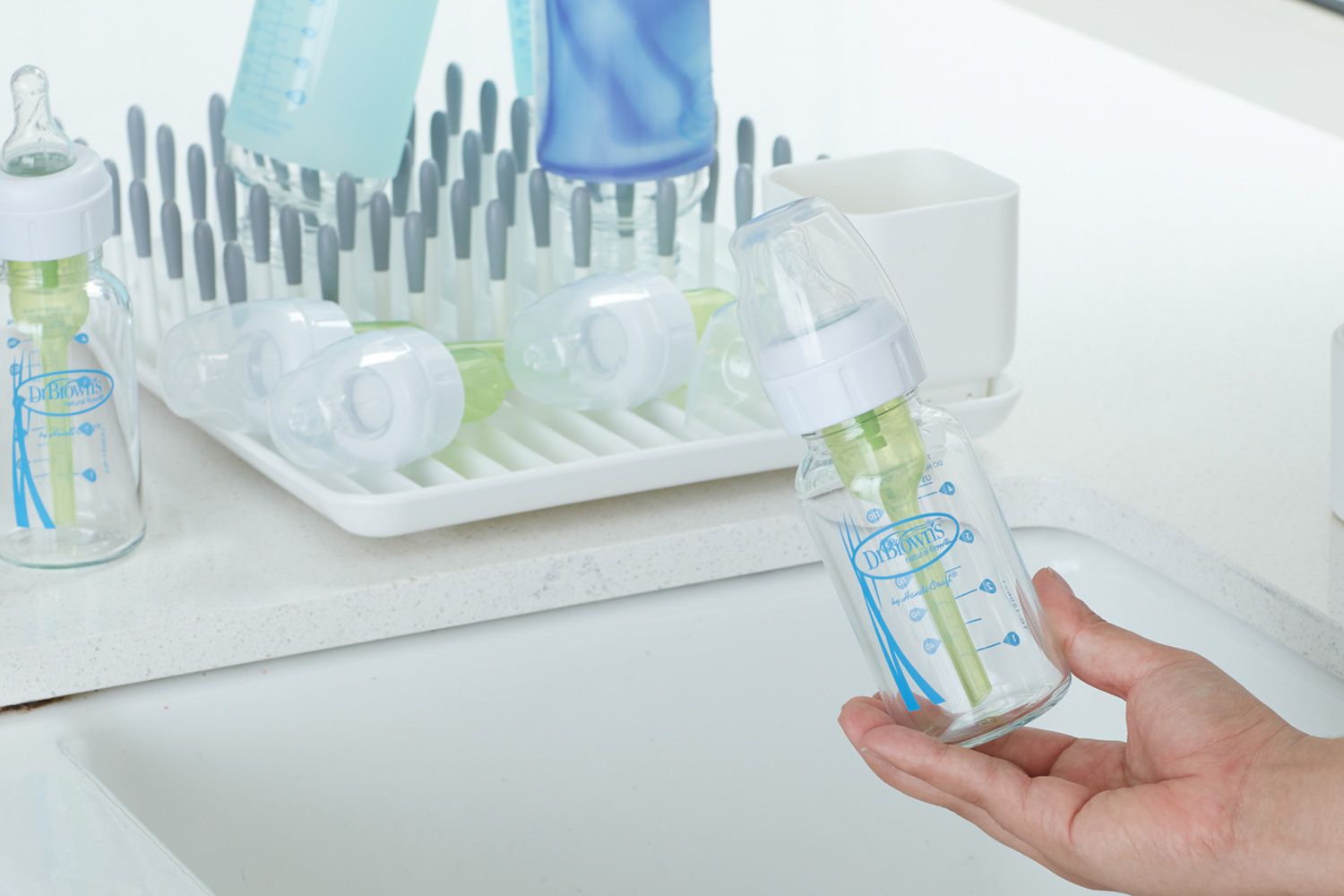
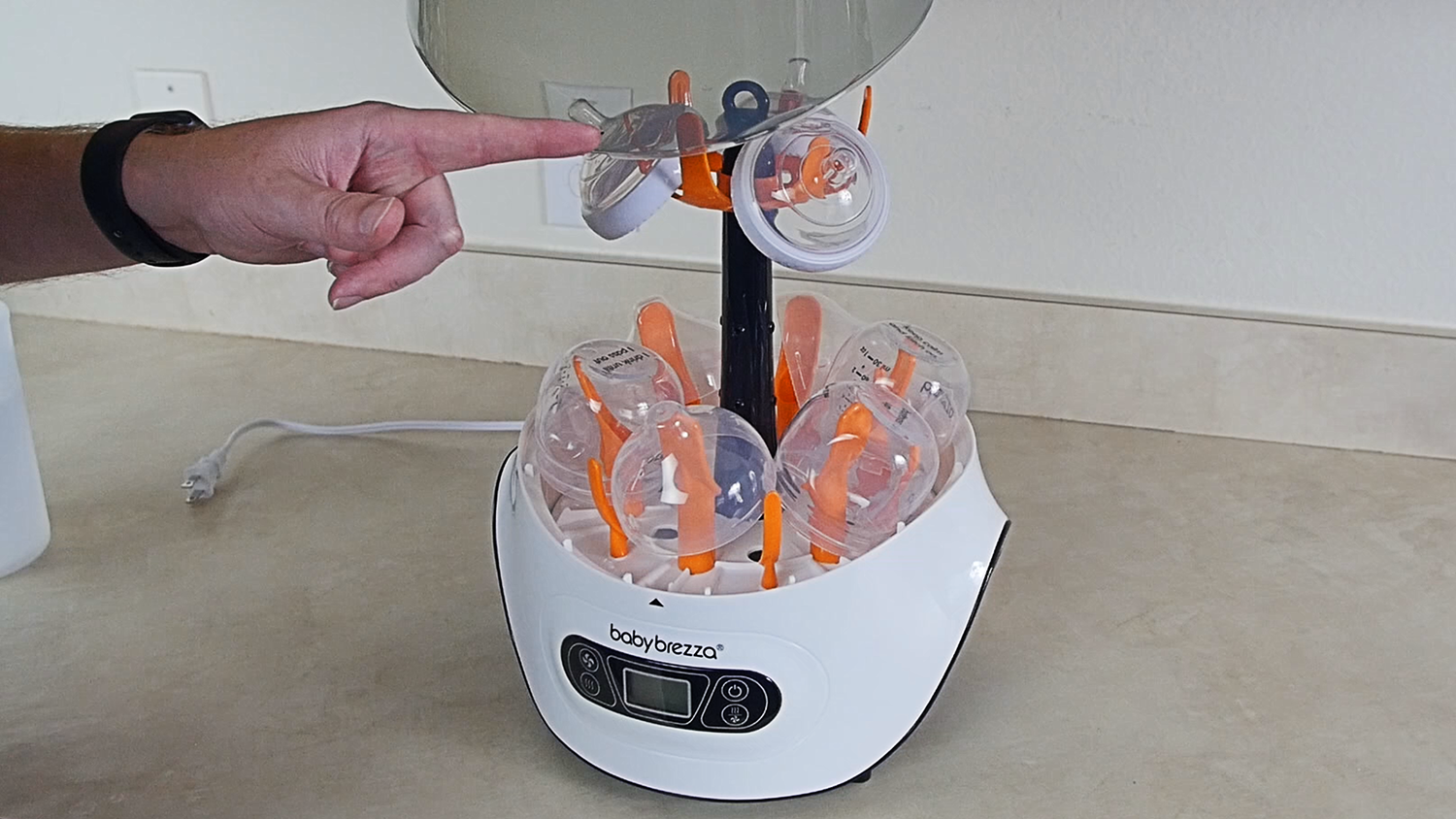
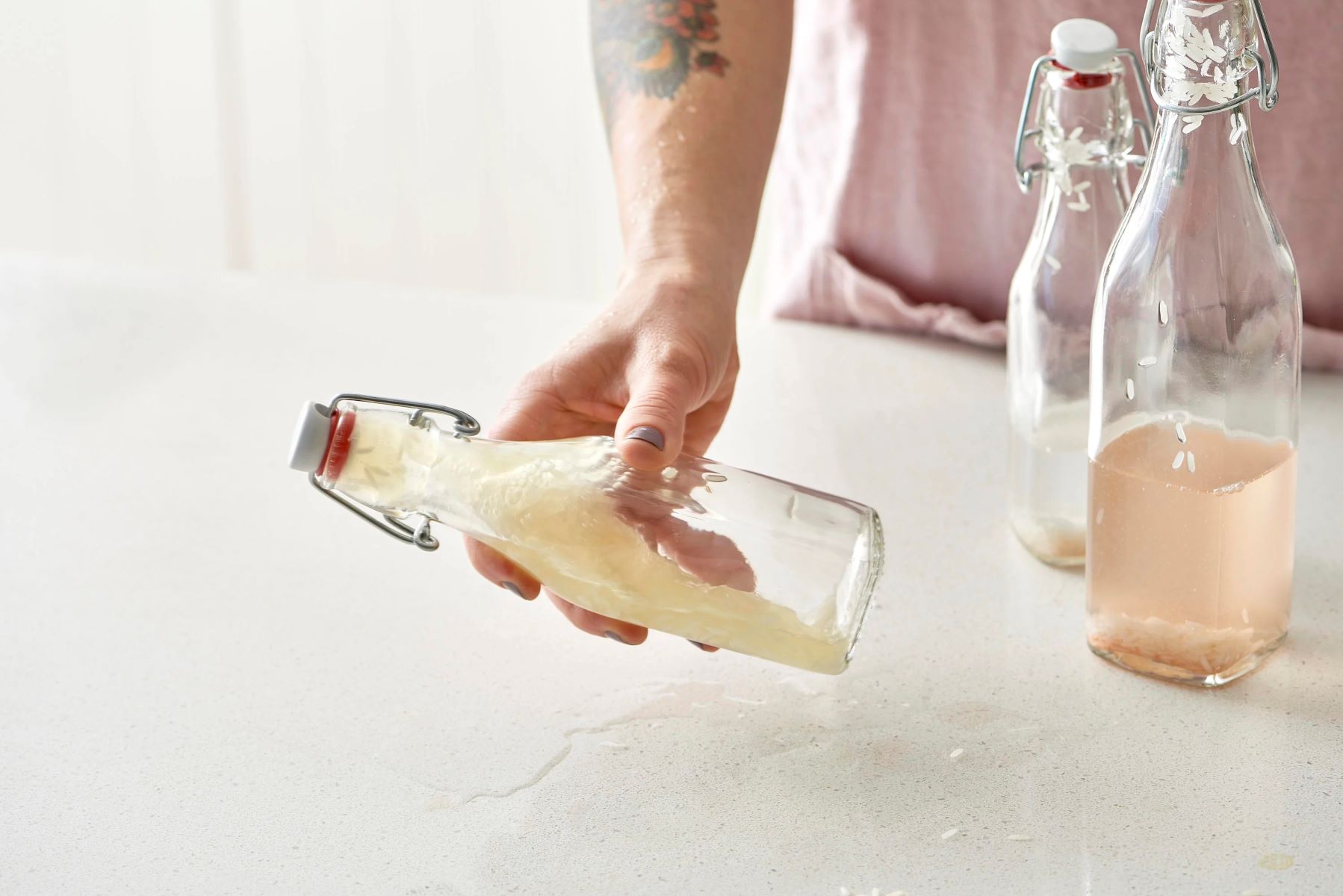
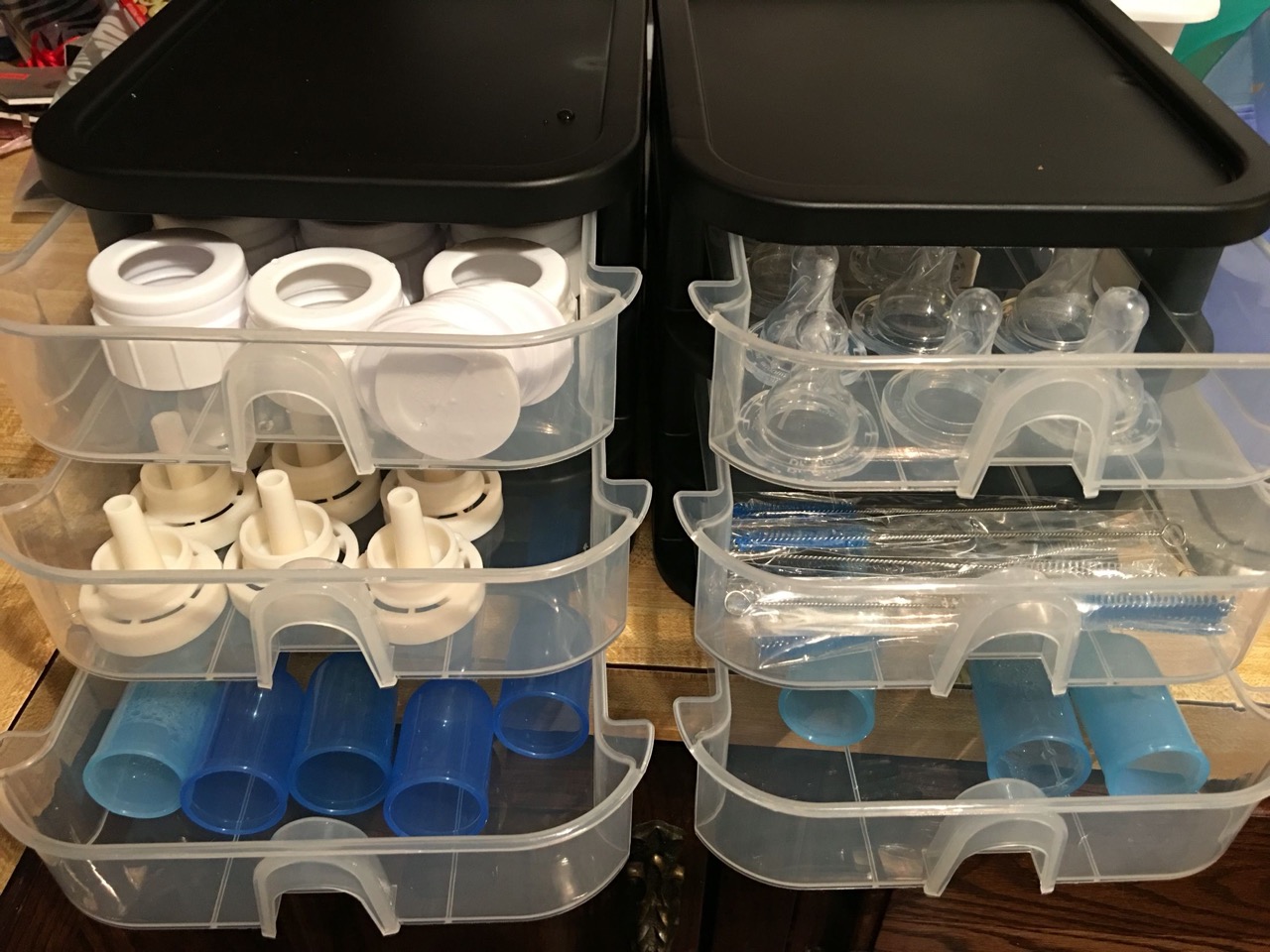
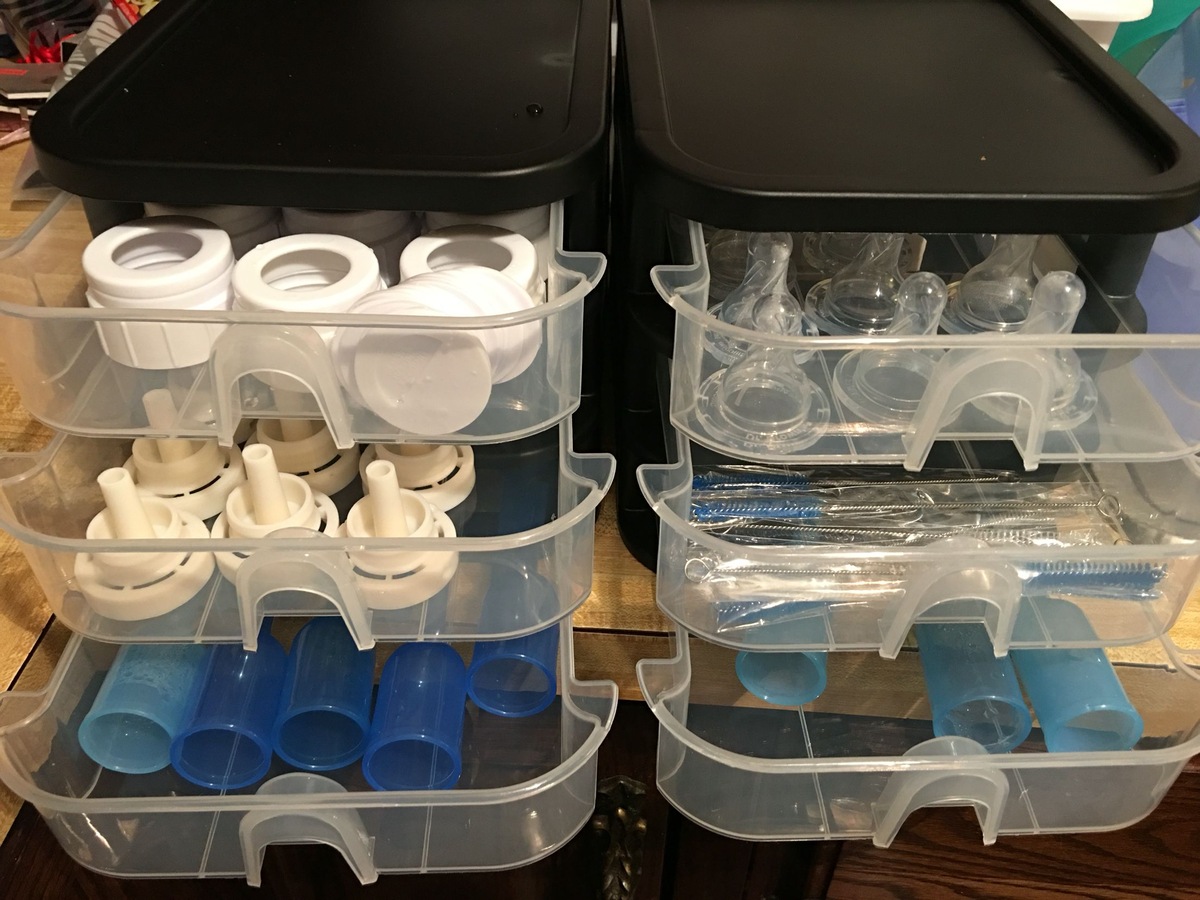
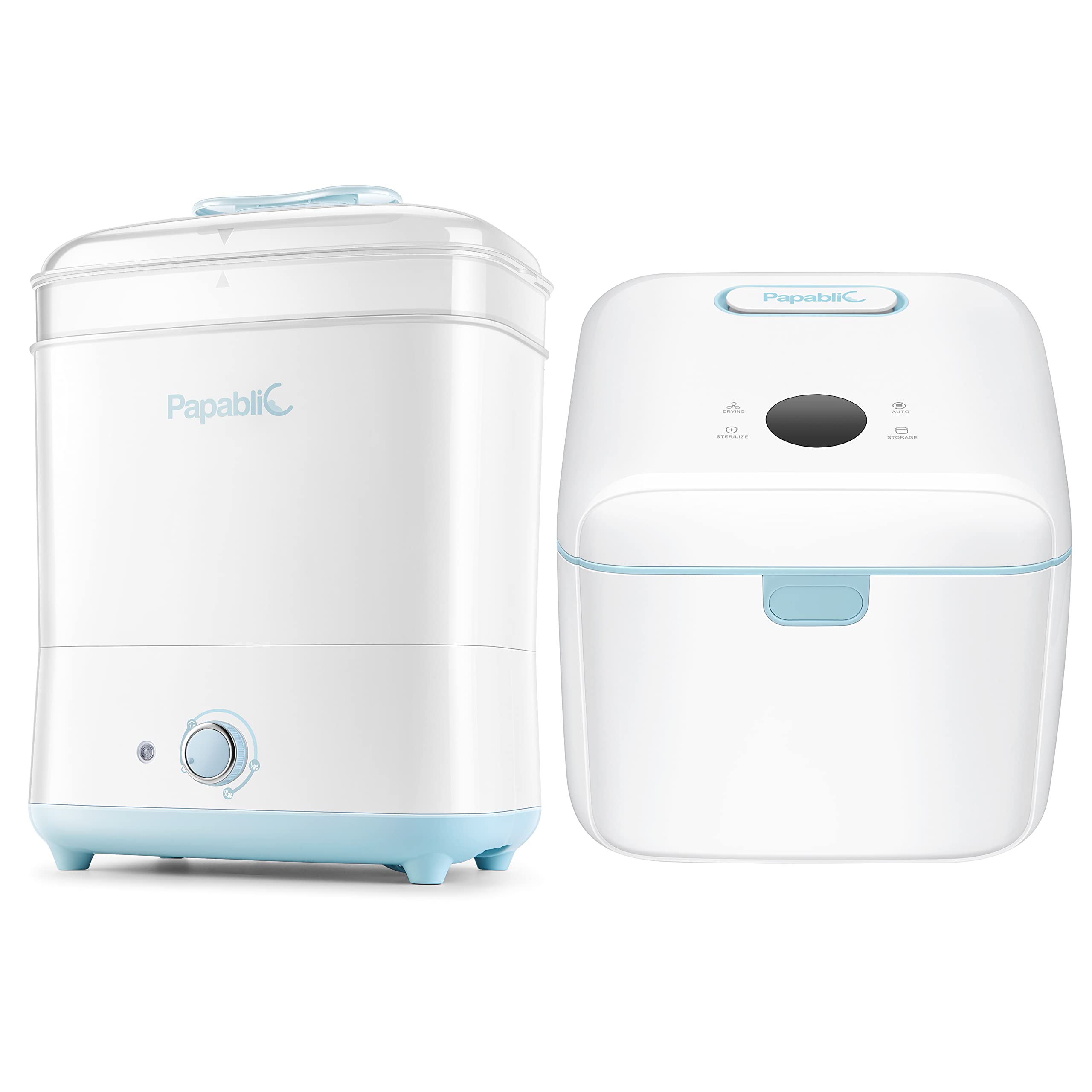
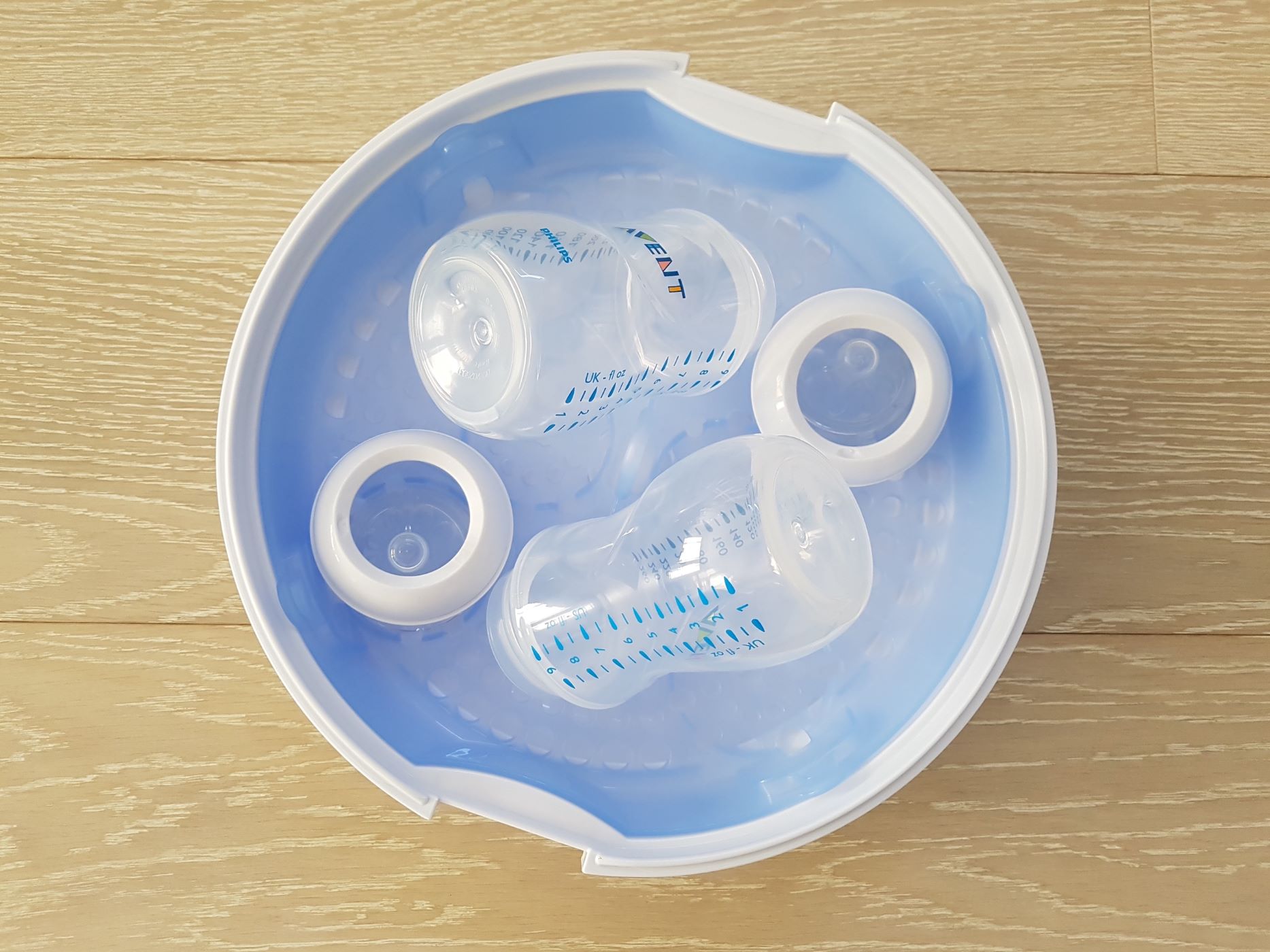
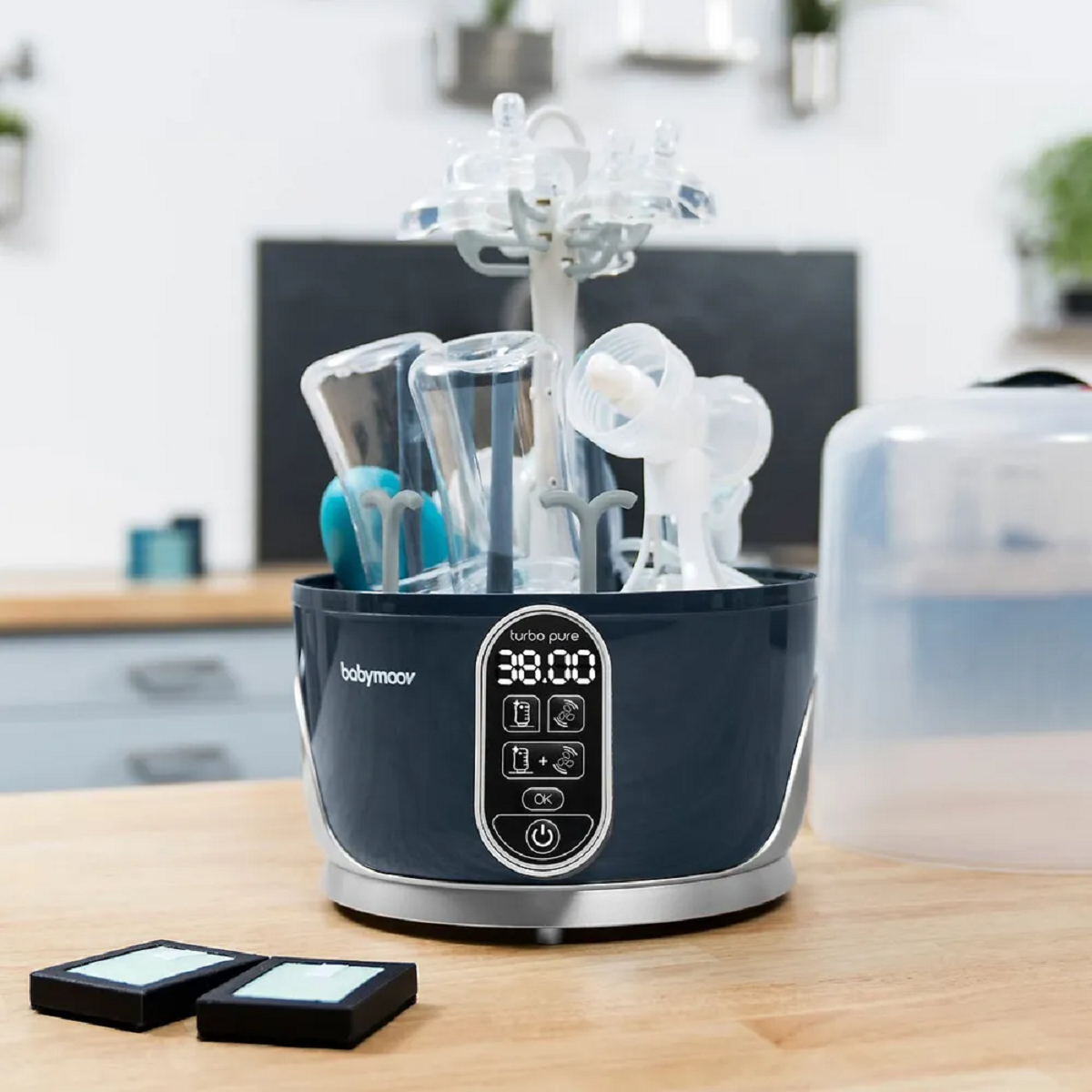
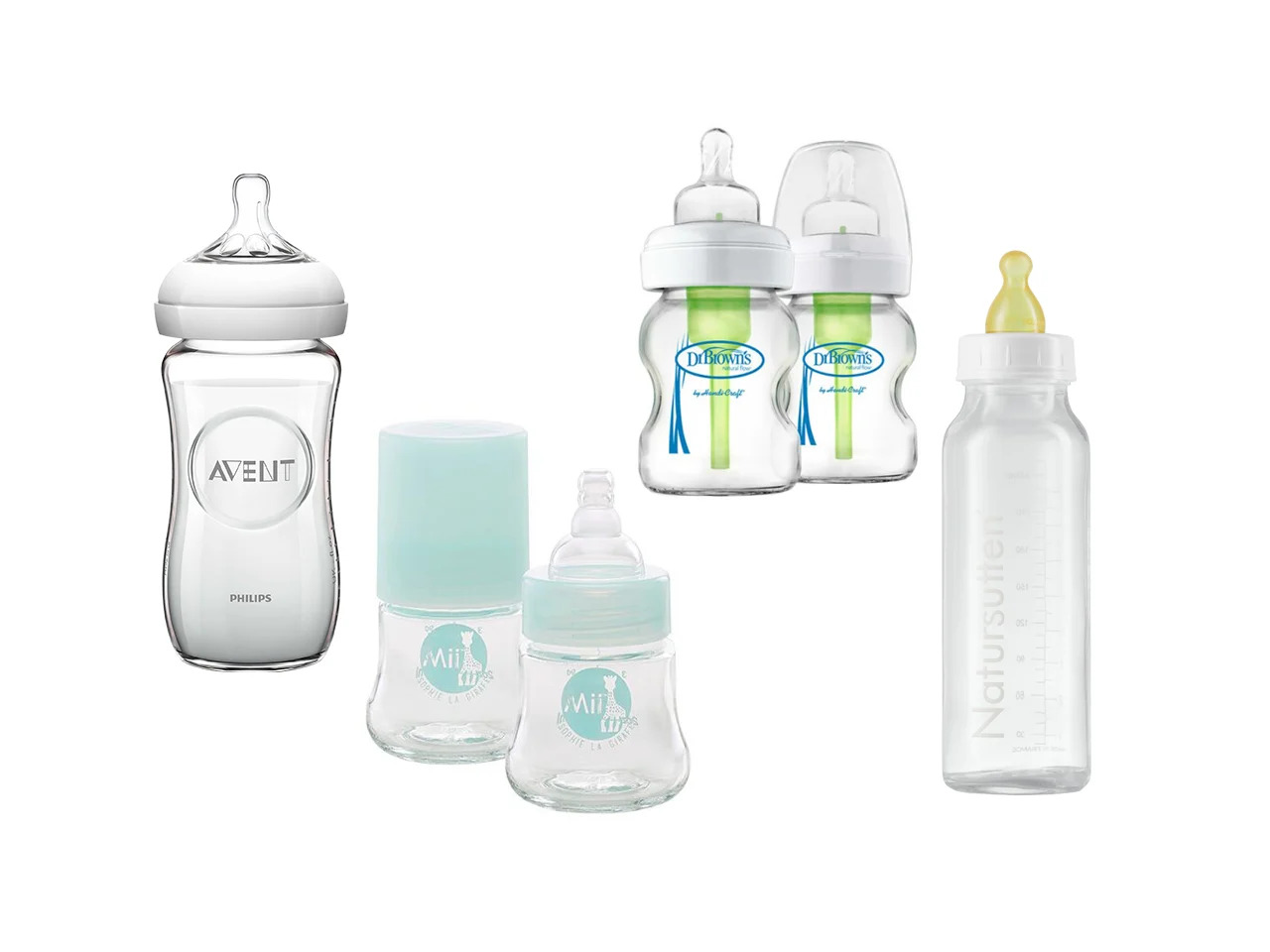
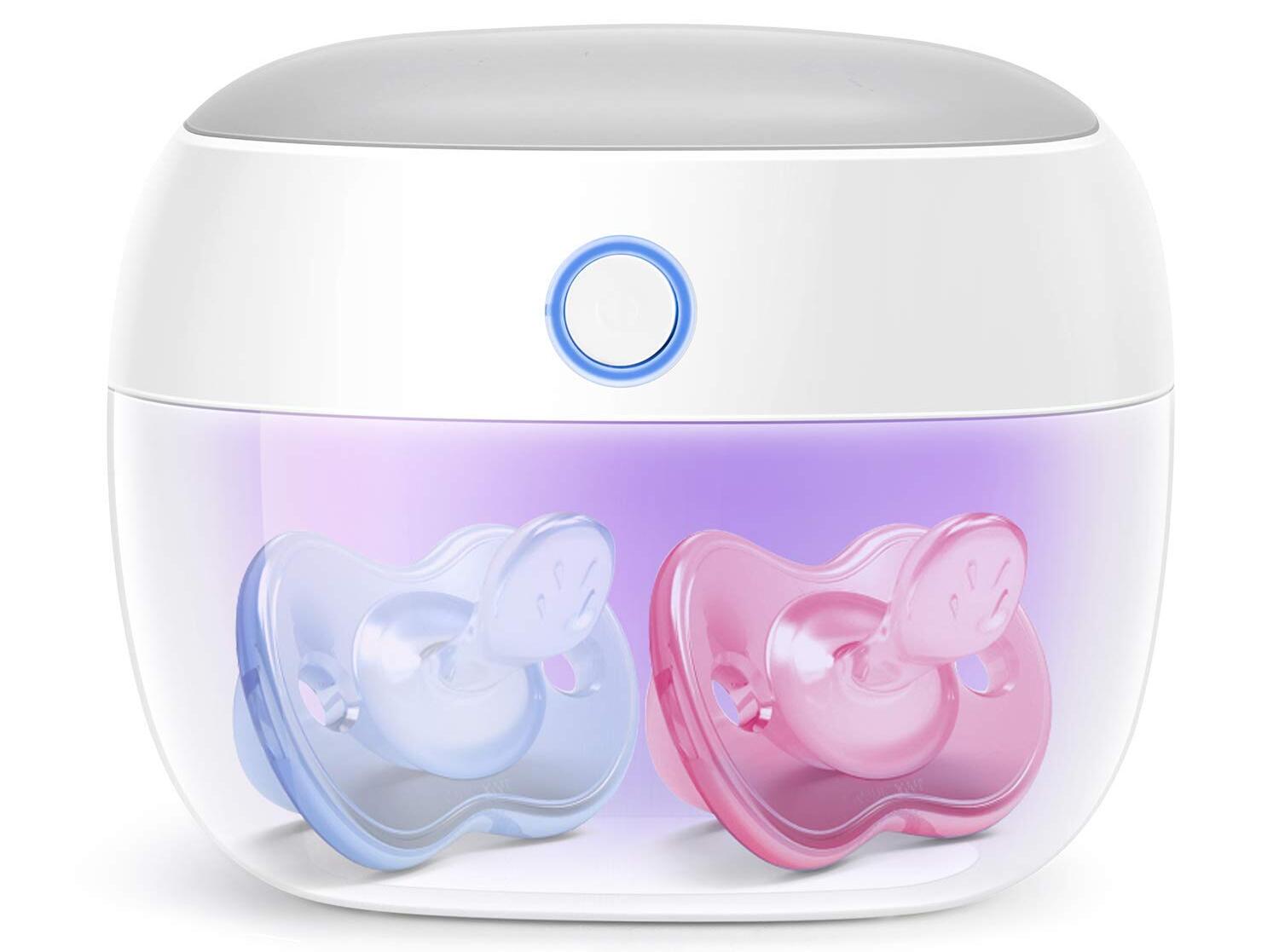
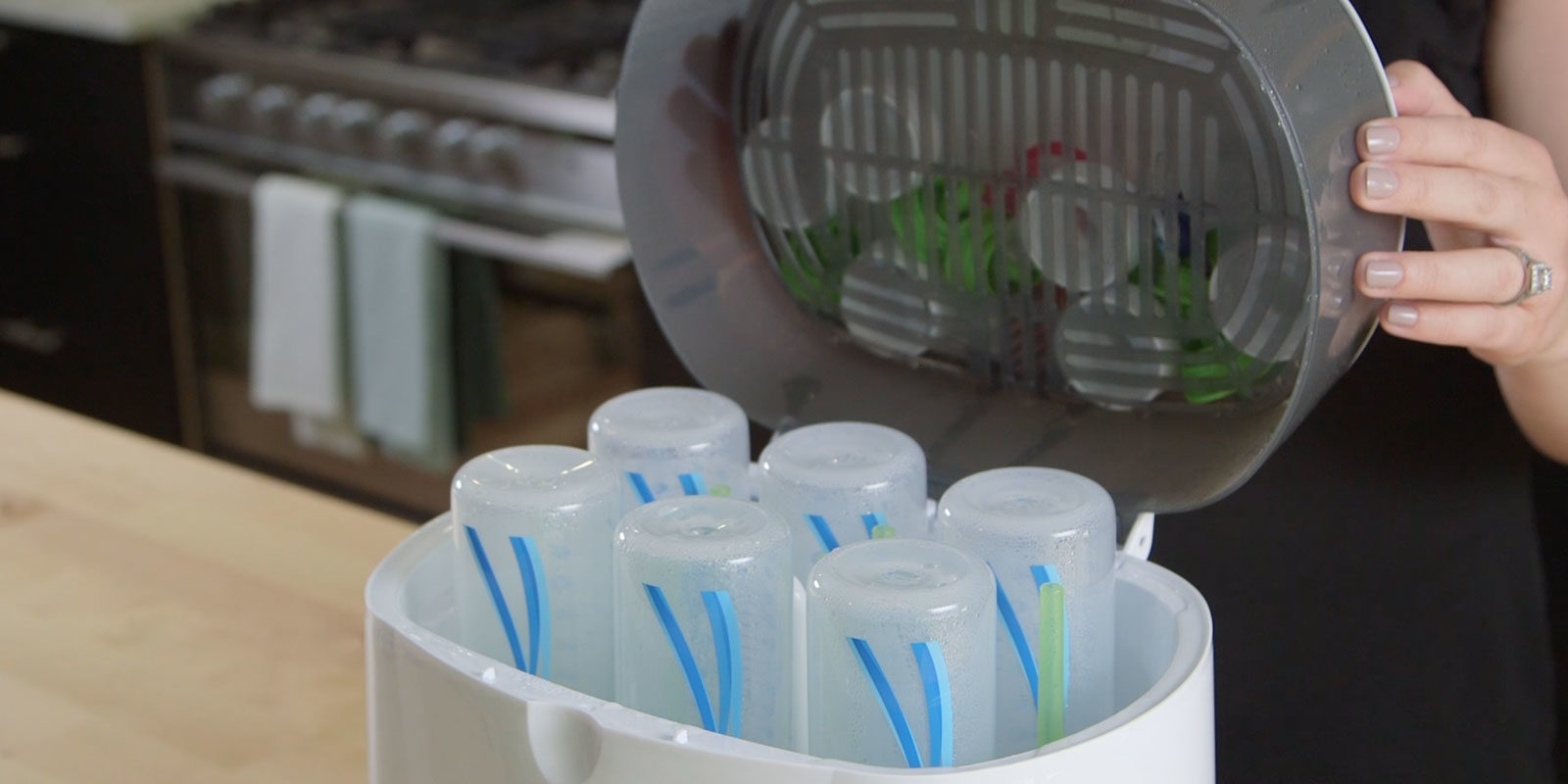
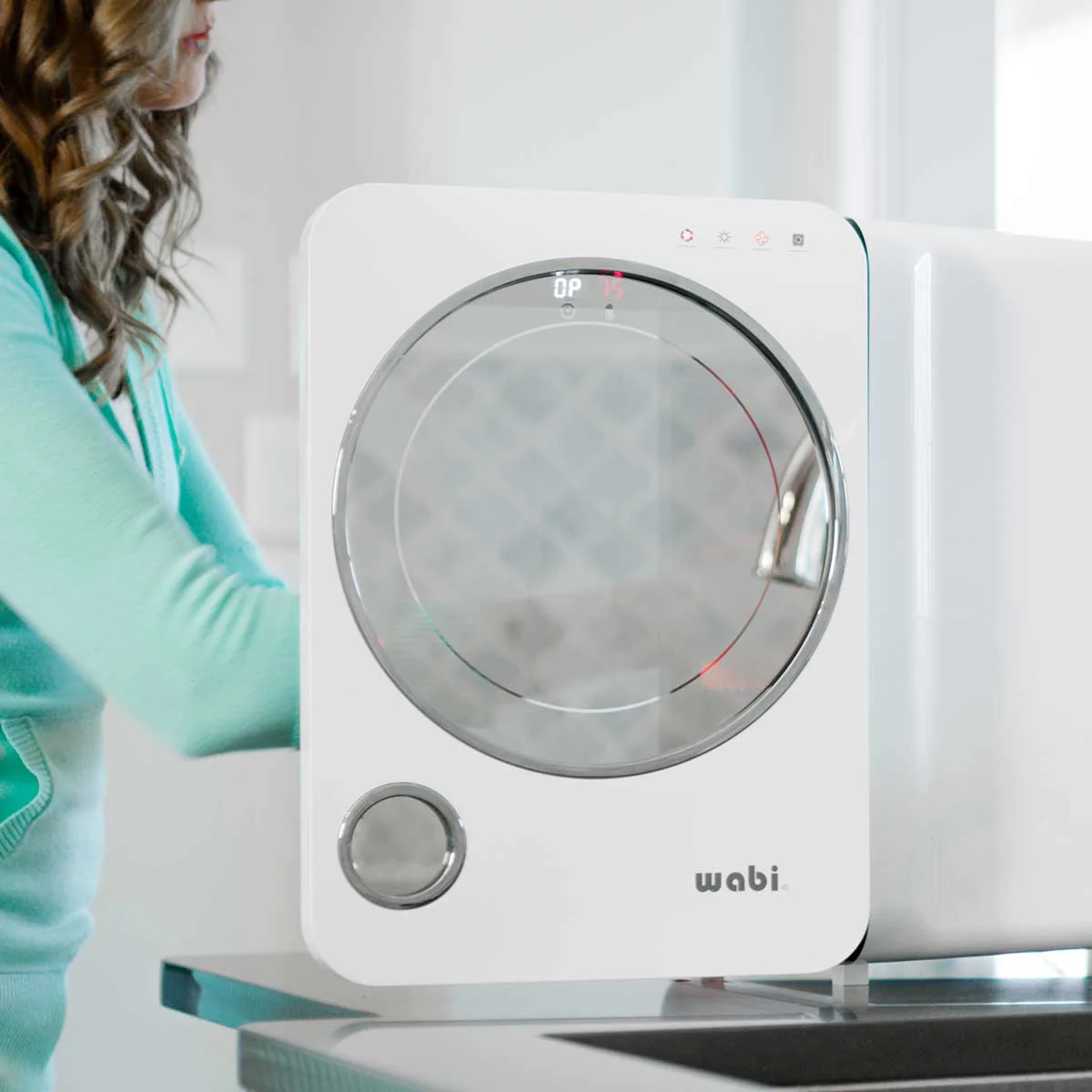
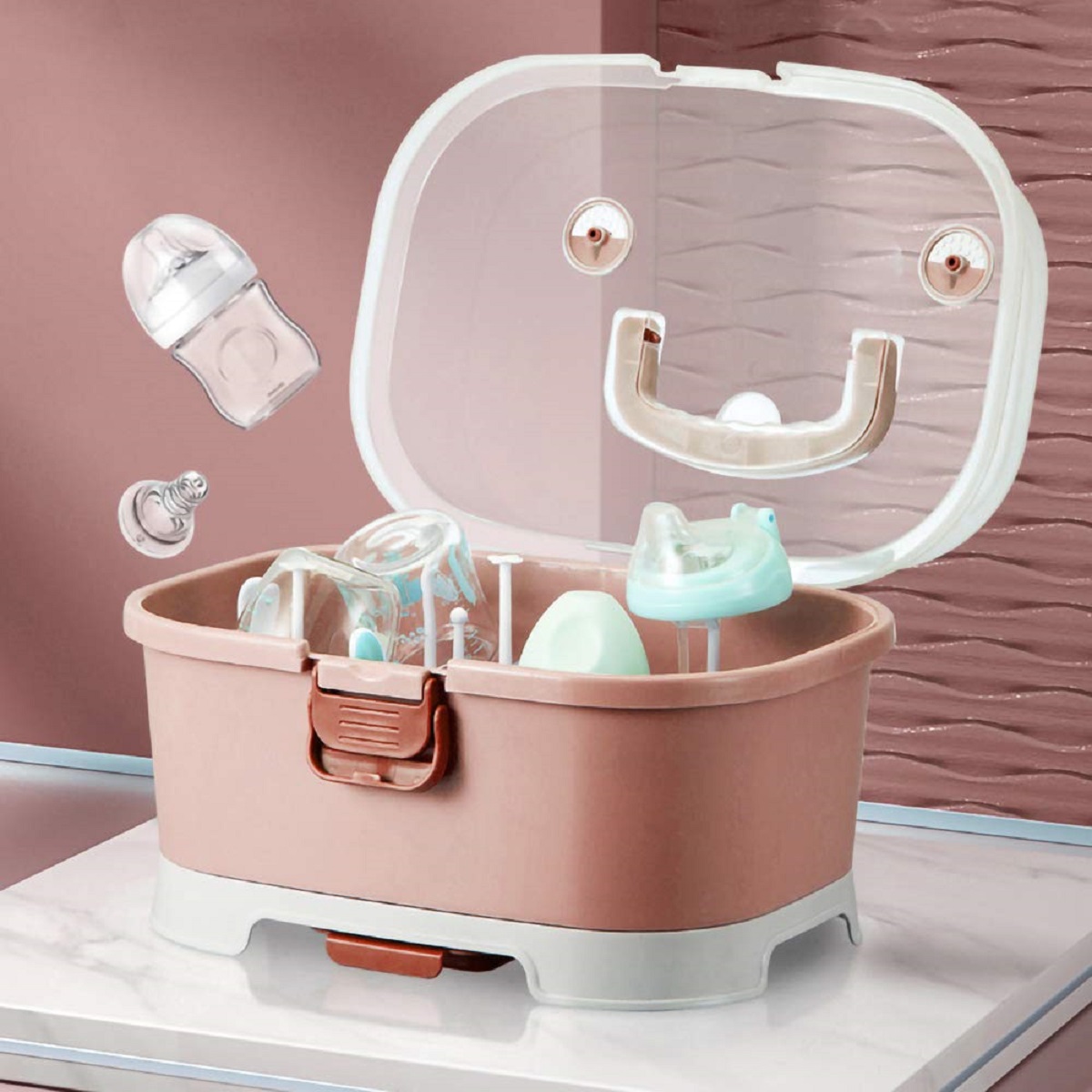
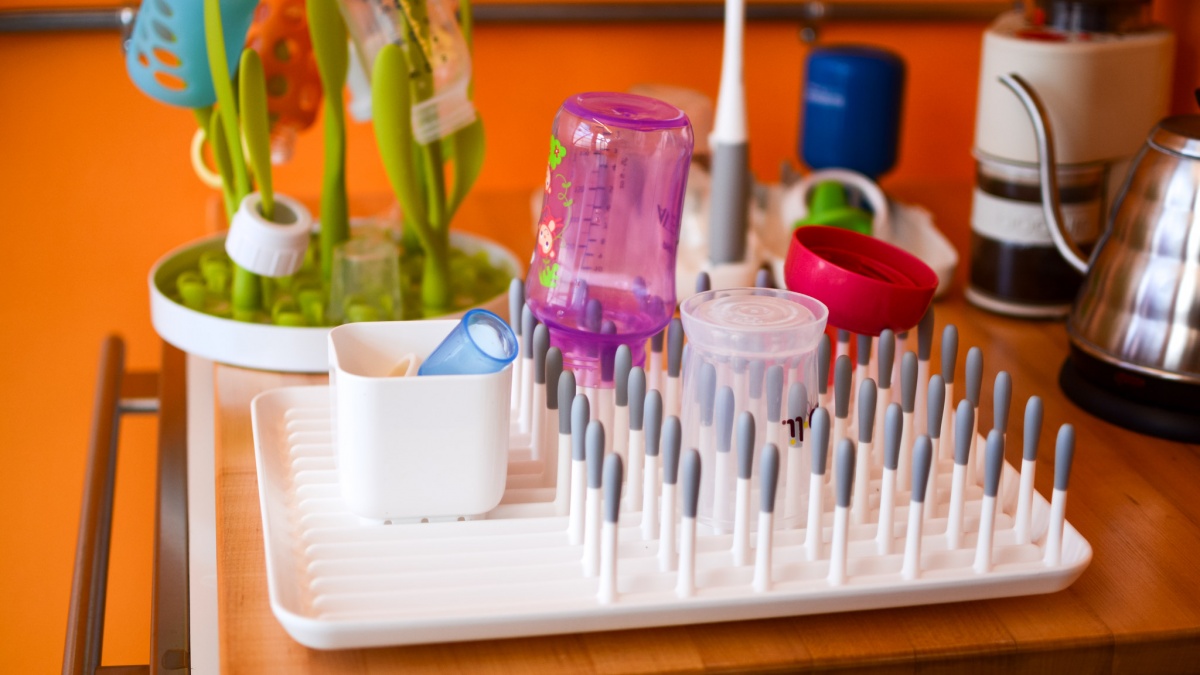

0 thoughts on “How To Store Sterilized Baby Bottles”